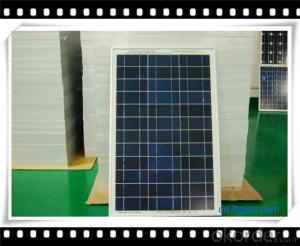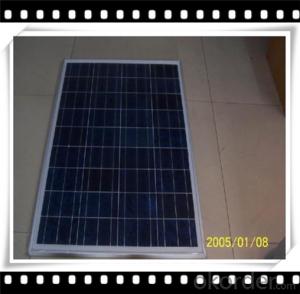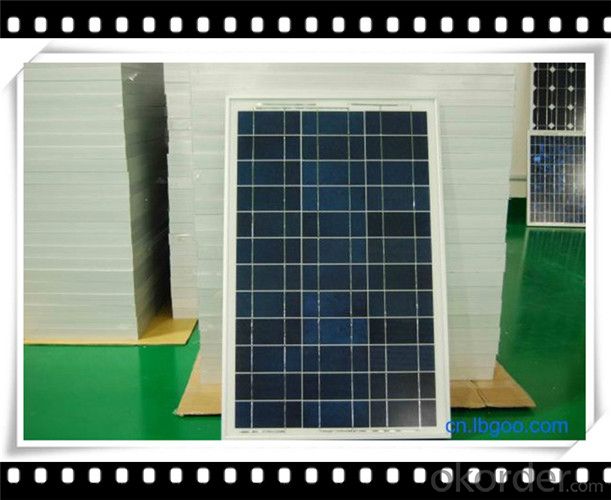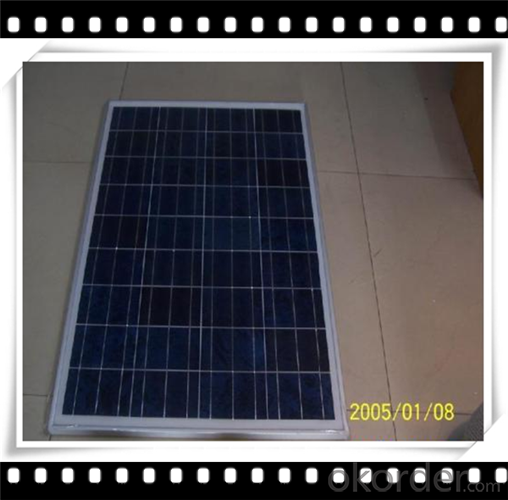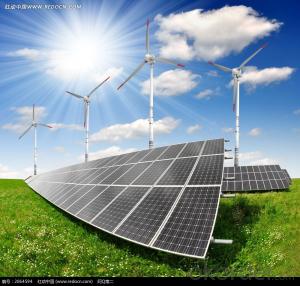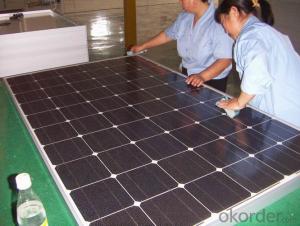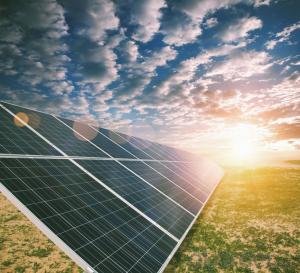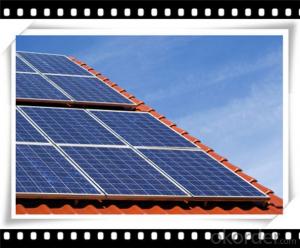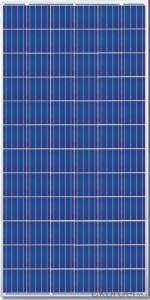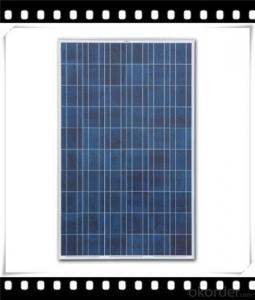Newest 310W Poly Solar Panel - Medium Solar Panel Manufacturer in China CNBM
- Loading Port:
- Qingdao
- Payment Terms:
- TT OR LC
- Min Order Qty:
- 10 set
- Supply Capability:
- 300000 set/month
OKorder Service Pledge
OKorder Financial Service
You Might Also Like
Polycrystalline Solar Modules
CNBM offers a range of small, medium and large polycrystalline solar modules, designed for a range of requirements.
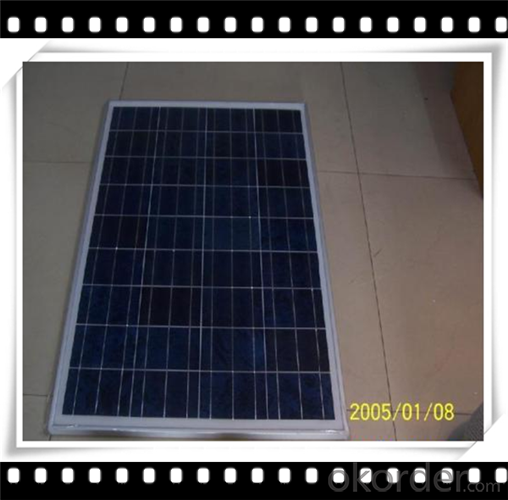
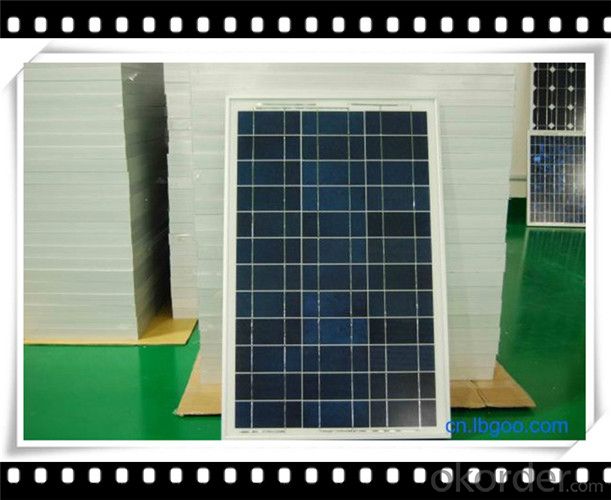
Specifications:
+/-3% |
Polycrystalline silicon solar cells (156 x 156mm) |
60 (10 x 6) |
1650 x 990 x 40 |
25.5 |
Limits:
Operating Temperature | -40~+85? |
Storage Temperature | -40~+85? |
Maximum System Voltage | 1000 VDC max. |
Hail Impact | Diameter of 28mm with impact speed |
Temperature and Coefficients:
NOCT | 48C+/-2? |
Voltage temperature coefficient (%/K) | -0.35 |
Current temperature coefficient (%/K) | 0.05 |
Power temperature coefficient (%/K) | -0.45 |
Characteristics:
Model: | SGM-200P | SGM-210P | SGM-220P |
Max-power voltage Vmp (V) | 29.2 | 29.4 | 29.41 |
Max-power current Imp (A) | 6.85 | 7.14 | 7.48 |
Open-circuit voltage Voc (V) | 36.5 | 36.69 | 36.9 |
Short-Circuit Current Isc (A) | 7.28 | 7.6 | 7.93 |
Max-power Pm(W) | 200 | 210 | 220 |
Model: | SGM-230P |
Max-power voltage Vmp (V) | 29.8 |
Max-power current Imp (A) | 7.72 |
Open-circuit voltage Voc (V) | 37.31 |
Short-Circuit Current Isc (A) | 8.19 |
Max-power Pm(W) | 230 |
STC: Irradiance 1000W/m2, module temperature 25?, AM-=1.5
Poly Crystalline Solar Panels Specifications Range
Maximum Power (Pm) | Dimension | Weight | Operating Voltage (Vmp) | Operating Current (Imp) | Open Circuit Voltage (Voc) | Short Circuit Current (Isc) |
0.45W | 140x80x10mm | 0.08kg | 3.3V | 150mA | 4.6V | 160mA |
1.0W | 162x140x10mm | 0.16kg | 7.5V | 150mA | 10.3V | 160mA |
4.5W | 269x251x23mm | 0.8kg | 16.5V | 0.27A | 20.5V | 0.3A |
10W | 420.1×268.9×22.6mm | 1.92kg | 17.5V | 0.58A | 20.5V | 0.6A |
20W | 425x502x50mm | 3.0kg | 16.8V | 1.19A | 21.0V | 1.29A |
30W | 593x502x22.6mm | 3.9kg | 16.8V | 1.78A | 21.0V | 1.94A |
40W | 655x537x50mm | 5.75kg | 17.3V | 2.31A | 22.1V | 2.54A |
50W | 839x537x50mm | 6.0kg | 17.5V | 2.9A | 21.8V | 3.17A |
65W | 1111x502x50mm | 7.2kg | 17.6V | 3.69A | 22.1V | 3.99A |
80W | 1204x537x50mm | 7.7kg | 17.6V | 4.55A | 22.1V | 4.8A |
- Q: in a solar panel, i know that the electrons are knocked loose and used as energy, what happens to the protons?
- silicon based photovoltaic cells used some boron as dopant. i dont understand if that helps supress proton pastime, the way they be conscious boron on supressing run away nuclear reaction.... im clueless as you
- Q: How many kilowatts? Would it be enough to power my electric heat?Does one panel cost about $2000.?
- I doubt it'd supply your heat. Anything involving electric heating uses tons of energy. Also, keep in mind that you don't just need a panel but also a DC to AC converter.
- Q: Photosynthesis is fairly inefficient, but efficient enough to power all life on earth.
- One of the primary reasons solar cells are made of silicon is that the bandgap energy of silicon happens to be nearly equal to the energy of visible light, which is the major portion of energy emitted by the sun. Therefore, silicon is the ideal substance to fabricate solar cells with.
- Q: Exactly How much power will this kit produce? for example. Will it only be able to power the 2 light throughout an entire day or would it be able to power a couple TV's with a couple lights. Or a Refrigerator? washer dryer? I'm just wondering exactly what it will be able to do and if it's worth paying $200 for if it'll only power two lights. Don't get me wrong, That's great and will make a difference but i'm looking for something that will make a little bit of a bigger difference. Would the 80 watt monocrystalline solar panel be much better? if so, what would it be able to power? double?
- Yes, 80 watts will be nearly twice as useful as 45 watts - but 80 is still a small number. Solar panel systems need an inverter and there's a slight energy loss at the inverter. And, if you want to use the day's energy at night, you'll need a battery or two. And every time you move energy into or out of a battery, you lose a little of the energy. All this is to say that you need to sum up the wattage of your appliances and add a fudge factor to accommodate for the losses. I looked at the kit and was moderately impressed. $200/45=$4.44/watt; that's a reasonable price but the links I left below talk of prices as low as $2.58/watt. Also the Harbor Freight kit doesn't contain an 'inverter' which you would have to buy. Also the wattage advertised for any solar panel assumes the thing is clean and pointed right at the sun on a clear day.
- Q: can this amount of solar charge these batteries.
- you need to have a voltage regulator on the gadget. That suggested, i imagine you're literally not giving it sufficient time. The battery might want to convey the voltage all the way down to its element. it is merely you attempt to replenish a huge reservoir with an eye fixed dropper. Bringing the voltage down would not help both. That lowers your ability.
- Q: How do solar panels affect roof ventilation?
- Solar panels can potentially affect roof ventilation by creating shade and reducing airflow, which can result in higher temperatures and reduced effectiveness of the ventilation system. However, this impact can be minimized by using solar panel mounting systems that allow for proper airflow and by ensuring adequate spacing between the panels and the roof surface.
- Q: Could anybody give some review about Homemade Solar Panel.
- Low cost solar panels are also extremely popular worldwide and China is a country that has been discovered to be excelling in this field as they manufacture the most economical solar panels when compared to any other country. Looking at the way things seem to be moving it seems that China will soon become a country to contend with because of their capabilities to manufacture things at extremely competitive prices. This fact is quite transparent for the simple reason that China appears to be getting more than double the number of orders. This can also be attributed to the fact that in spite of their low costs they have not only maintained but also improved on their quality too. For More Information You Can Refer To :
- Q: Can solar panels be installed on a flat roof?
- Yes, solar panels can be installed on a flat roof. Flat roofs are actually a popular choice for solar panel installations because they provide an ideal surface for mounting the panels. The panels can be mounted using ballasted systems, which don't require any penetrations into the roof. This makes the installation process easier and minimizes any potential damage to the roof.
- Q: Can solar panels be used for powering a wastewater treatment plant?
- Yes, solar panels can be used to power a wastewater treatment plant. Solar energy is a sustainable and renewable source of power that can be harnessed to generate electricity for various applications, including wastewater treatment. By installing solar panels, the plant can reduce its reliance on conventional electricity sources and lower its carbon footprint. However, the feasibility of using solar panels for powering a wastewater treatment plant may depend on factors such as the plant's energy requirements, available space for solar panel installation, and local climate conditions.
- Q: How do solar panels affect the local economy?
- Solar panels can have a positive impact on the local economy by creating jobs in the installation, manufacturing, and maintenance sectors. Additionally, the use of solar energy can reduce electricity costs for residents and businesses, freeing up funds that can be spent elsewhere in the local economy. The deployment of solar panels can also attract investments and contribute to the growth of a sustainable and eco-friendly image for the community, potentially boosting tourism and attracting new businesses.
Send your message to us
Newest 310W Poly Solar Panel - Medium Solar Panel Manufacturer in China CNBM
- Loading Port:
- Qingdao
- Payment Terms:
- TT OR LC
- Min Order Qty:
- 10 set
- Supply Capability:
- 300000 set/month
OKorder Service Pledge
OKorder Financial Service
Similar products
Hot products
Hot Searches
Related keywords
